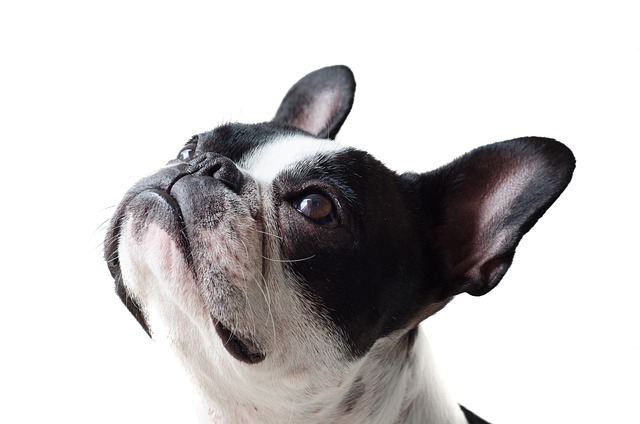
how to train a dog to not jump on the bed
When your pup’s paws hit the edge of the bed first thing in the morning, tail wagging like a metronome, it’s hard to stay firm—after all, those puppy eyes seem harmless.
When your dog’s hackles rise, ears pin back, and low growls rumble in their throat, that tense body language isn’t “being bad”—it’s their way of saying, “I feel threatened.” Aggression in dogs almost always stems from fear or overwhelm, not malice, and calming them requires addressing that underlying stress, not just silencing the growl. Understanding this shift—from “stopping bad behavior” to “alleviating fear”—is key to helping your pup relax.
Start by creating an immediate safety zone. When they fixate on a trigger (a stranger at the door, another dog on the walk), calmly but firmly guide them to a quiet area—their crate with a favorite blanket, a corner by the couch, or even behind a baby gate. Bring along a familiar toy, like a frayed rope or stuffed kong, and offer it slowly. Chewing releases endorphins, nature’s calming chemicals, which help lower their racing heart rate. Never shout, grab their collar roughly, or use punishment; that only spikes their cortisol levels, making defensive behavior worse. In tight-knit neighborhoods like those in Austin or Chicago, this matters: kindness builds trust, while scolding turns nervousness into heightened tension. And don’t overlook basics: 49 states require current rabies tags on collars, so keep their ID visible—even in stressful moments, safety first.
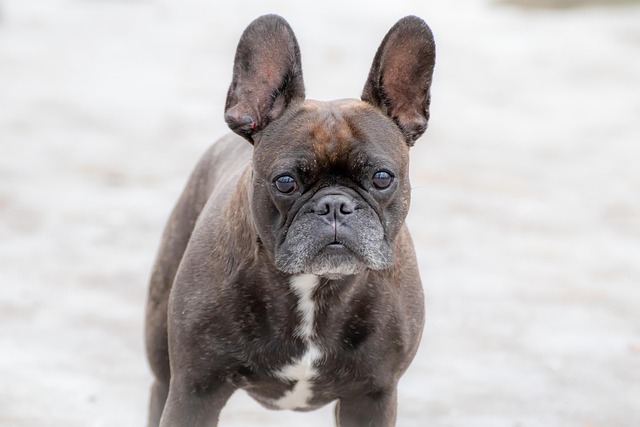
Use “soft redirection” to break their focus. When growling starts, say “let’s check this out” in a low, steady voice and gently lead them to sniff a new spot—a potted plant, their water bowl, or your outstretched hand. The second their nose dips to investigate, reward that shift with slow, steady pets and a “good focus, buddy!” Positive reinforcement here teaches them that turning away from triggers brings comfort, not conflict. For apartment dwellers in NYC or LA, this keeps noise down—no loud scolding that might disturb neighbors—and turns tense moments into quiet bonding. Remember, even mid-crisis, community rules apply: carry poop bags on every walk (fines hit $200 in Boston or San Diego for skipping this), and keep their vaccine records updated, as vets often ask for proof during check-ups, even for behavioral concerns.
For long-term calm, pair quick fixes with gradual desensitization. Pick one trigger—say, loud noises or other dogs—and start small. If they react to delivery trucks, play a recording of truck sounds at low volume while you cuddle them. When they stay relaxed (no growling, soft body), praise them warmly and offer extra scratches behind the ears. Over weeks, slowly increase volume, stopping before they tense up. This builds their confidence that “scary” things don’t mean danger. In neighborhoods like Portland or Miami, this patience pays off: calmer dogs make walks nicer for everyone, and respecting space—stepping aside when kids run by, keeping distance from other dogs—shows good community manners.
Calm isn’t about “dominating” your dog; it’s about becoming their safe harbor. By meeting their fear with patience, redirecting tension with kindness, and honoring both their needs and community rules, you’ll help them trade growls for relaxation, one gentle step at a time.

When your pup’s paws hit the edge of the bed first thing in the morning, tail wagging like a metronome, it’s hard to stay firm—after all, those puppy eyes seem harmless.

When your lab mix’s paws hit the dining table mid-dinner, knocking over a glass of water, it’s easy to sigh—but that jump isn’t defiance. Dogs are natural scavengers
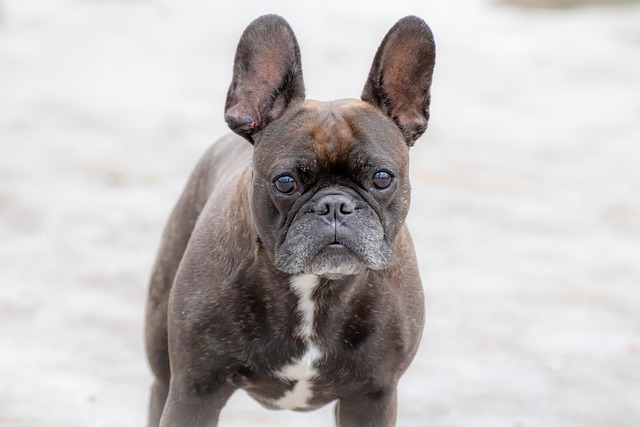
When your dog’s hackles rise, ears pin back, and low growls rumble in their throat, that tense body language isn’t “being bad”—it’s their way of saying

When your dog growls, snaps, or lunges—whether at a stranger, another pet, or even a sudden noise—it’s natural to feel the urge to “correct” the behavior firmly.
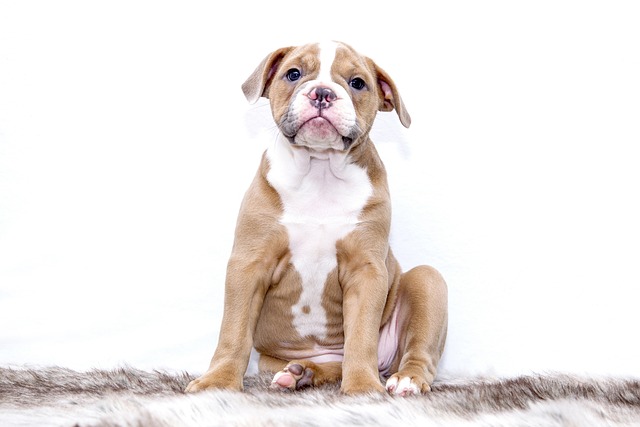
When you’re faced with a dog that growls, snaps, or lunges at other dogs, strangers, or even sudden sounds, it’s easy to feel discouraged
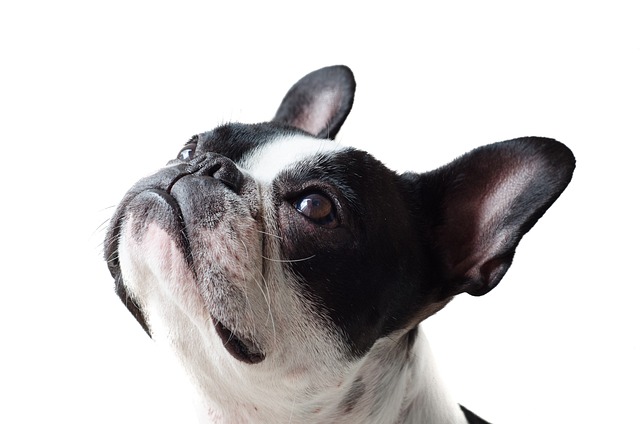
When your pup starts barking up a storm at the doorbell, the mailman, or even a squirrel outside the window, it’s easy to feel frustrated